Now is the time for Hearthstone’s Wild mode to finally shine
Often considered the unloved stepbrother of Hearthstone’s formats, Wild is now emerging from Standard’s shadow and becoming a genuine alternative.
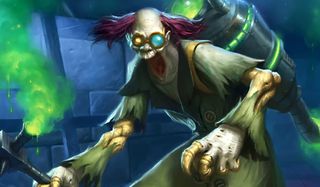
During the March 2017 season I had become thoroughly bored with Standard. It was the month before the release of Journey to Un’goro and the annual set rotation. The meta had been crystallized and refined long past the point of stagnation, leading to games that felt painfully predictable. In the interest of trying something different, I took to the Wild ladder. I had been avoiding it because—like many others—I’d gotten sick of playing against cards like Mad Scientist and decks like Secret Paladin that had previously rotated out.
Much to my pleasant surprise, I found that the Wild meta felt substantially different from both the current Standard ladder and the past iterations of it as well. Even seeing the old, broken cards I had been avoiding didn’t bring back the anticipated feelings of PTSD. In many instances, these old faithfuls actually felt interesting to see again. My experience in Wild was so pleasant that I continued to play for the remainder of the month and ended up finishing Legend rank 22.
With the announcement this month of some serious official support for Wild—a top 64 ladder finish this season will earn you entry to a high stakes tournament, and last week saw the first Wild Heroic Tavern Brawl—I wanted to take a closer look at Wild, the incentives to play it, and make the case that now is the time for more players to embrace the mode as a real alternative to Standard.
Wild boys
I’d love to see support for Wild expanded to include the ability to earn HCT points.
Blizzard giving Wild official support is vital because it gets all the players on the same page. Streamers and pros are looking to make their names (and, in some cases, their living) from Hearthstone, so tangible rewards are critical to attracting them. Whether that means a sizeable tournament prize pool, or being able to excite audiences with 12-win Heroic Tavern Brawl runs. As for the audience, they want to feel like they’re playing the same game as their favorite streamers. If the only thing available to watch is Standard, the crowd has little opportunity to see how fun Wild is or learn the best strategies. This makes playing Wild feel like you’re playing a different game from the pros, so whatever Blizzard can do to encourage high profile players to take part is helpful. I’d even love to see support for Wild expanded to include the ability to earn HCT points.
But the biggest reason why a healthy Wild mode is good for all Hearthstone players is that it helps combat the natural enemy of the game: meta stagnation. In very general terms, doubling the number of constructed formats that people are interested in playing means that there is now substantially more for players to discover and experiment with. Think sweet synergies and powerful combos. The net effect is that players need more time to innovate different strategies. So long as there is a sense of learning and progress, the players’ interest will be maintained. Doubling the number of viable formats also dramatically increases the number of decks being played. This reduces the time it takes for games to feel predictable or repetitive, and gives players the ability to fall in love with decks and strategies that fit their preferred style.
Don’t fear the doctor
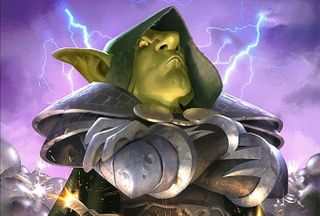
Many players might fear Wild because they think, “I’ve already lived through the [Secret Paladin/Aggro Shaman/Reno/etc] meta, and if I go to Wild it will just be those same old decks waiting for me again.” This was a valid concern, but it's becoming less of an issue since the second Standard rotation. The Wild card pool is now substantially larger than the Standard one, and this size difference is only going to get larger as time goes by. As the card pool grows in Wild, every class gains increasing access to the most powerful cards from the entire history of Hearthstone.
While it is true that each previous meta has had its share of oppressively-powerful cards, they were strong relative to the alternative options at the time. As the card pool grows, every class is eventually playing with nominally overpowered tools, meaning that some degree of balance between these powerful strategies gets achieved. Simply put, if everything is overpowered, nothing is overpowered. While the aggressive tools are very strong, the anti-aggro options are impressive as well. Whatever deck you want build or target, whatever the class you want to play, the options are usually available for you in Wild thanks to the sheer variety of cards.
The biggest gaming news, reviews and hardware deals
Keep up to date with the most important stories and the best deals, as picked by the PC Gamer team.
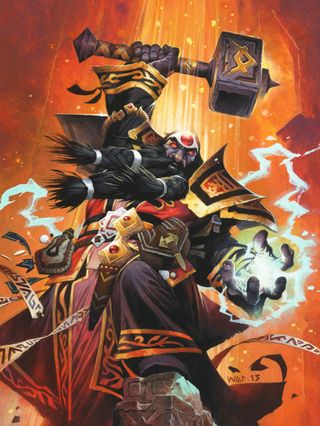
Interestingly, this is the reason that Wild is not as expensive of a format to get into as people might think. Since your decks will only be playing the most powerful cards and synergies from each set, the proportion of each expansion you need to make the deck you want decreases over time. Moreover, most of these important cards come at low rarities (think Zombie Chow and Mad Scientist) and the few legendaries you might need can often slot into multiple classes (like Leeroy, Finley, Patches, Emperor, or Reno).
With that in mind, let’s look at some decks that work well as a starting point for your Wild adventure. Here’s a quick breakdown of where you might begin, depending on your preferred style of play. (For a larger compilation of some of the decks played by streamers in the recent Heroic Brawl, take a look here.)
Aggro
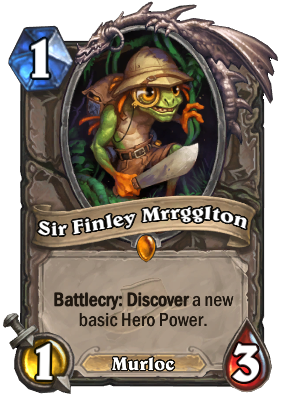
The most appealing aspect of the best Wild aggressive strategies is that they can all get off to incredibly strong, proactive starts which can have your opponent dead (or at least effectively so) by turn four. Here, you are the beatdown. You are the one who knocks. In Pirate Warrior, this involves the tempo and damage boost offered by Ship’s Cannon into a Pirate pulling Patches for two pings of 2 random damage. Aggro Shaman does it as it always has: with Tunnel Troggs, Totem Golems, Patches, and a fistful of cheap burn. Aggressive Druid lists function as they currently do in Standard: building large boards of cheap, resilient minions and hitting them with a buff or two. If you want to play any of these aggressive strategies, most of the cards will be cheap to craft. The most important legendary minions common to the decks are Sir Finley Mrrglton and Patches, so putting those at the top of your crafting list would be a good plan.
Control
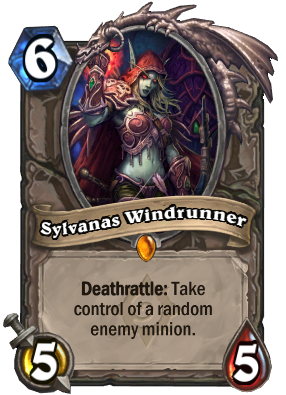
If you’re the type of player who just wants to build a wall, you’ll be at home in Wild. Control lists largely come in three varieties. The first of these is the classic Freeze Mage. If you can play this deck in Standard, there’s very little you need to add for Wild. If highlander decks are more your speed, there are also the classic Reno decks for Warlock, Mage, and Priest available. These are a bit pricier, as all of them share the core of Reno, Kazakus—and for Mage and Priest, Inkmaster Solia and Raza the Chained, respectively—along with other legendaries like Emperor Thaurissan, Sylvanas, and N’Zoth. Speaking of N’Zoth, the Old God of Deathrattles is still working overtime to define large portions of the Wild meta, from Taunt Warrior, to Deathrattle Priest, through Control Shaman. If control is up your alley, the key crafts to think about are N’Zoth, Sylvanas, Emperor, and the Reno/Kazakus duo.
Combo
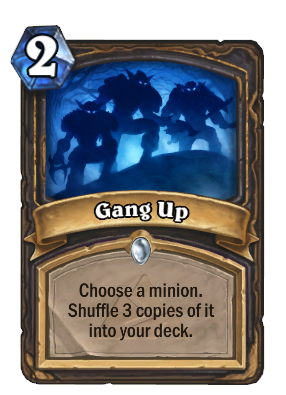
I heard you dislike interactive gameplay. Me too. While Combo decks are a rare species in Wild, it’s the two usual suspects with the best decks: Priest and Rogue. On the Priest-side of things, there are the Inner Fire lists: one of the first archetypes most new Hearthstone players stumble on. The difference is that now the deck comes complete with the consistency it lacked before and a low curve that tops out at three. Rogues can run similarly low-curve lists with a quest package. The Wild Caverns Rogue deck functions much like its Standard counterpart with the added twist of being able to cast Gang Up on Patches to pull multiple 5/5 chargers from your deck for a massive burst of damage to finish the game.
Midrange
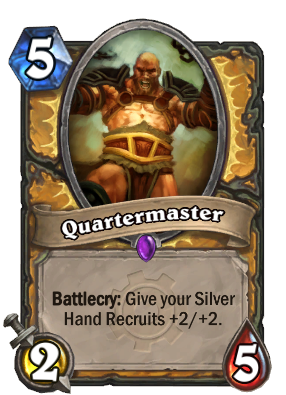
If you enjoy trading and having a dude to play every turn, Midrange Paladin is still your jam. The new synergy added with Silverhand Recruits from Lost in the Jungle, Sunkeeper Tarim, and Lightfused Stegadon seems to have brought Quartermaster decks back into the meta in a big way. Alternatively, if you miss curvestone at its finest, you could play the Paladin deck I took to the top 25 two seasons ago: classic Secret Paladin with a Murloc twist. While the core of Secret Paladin has remained the same, a ton of late-game finishing potential has been added with the advent of the Finja/Anyfin hybrid lists. Not only do you have some powerful early-game tempo options, but two copies of Anyfin ensure the deck has inevitability against even the greediest control lists.
Most Popular


